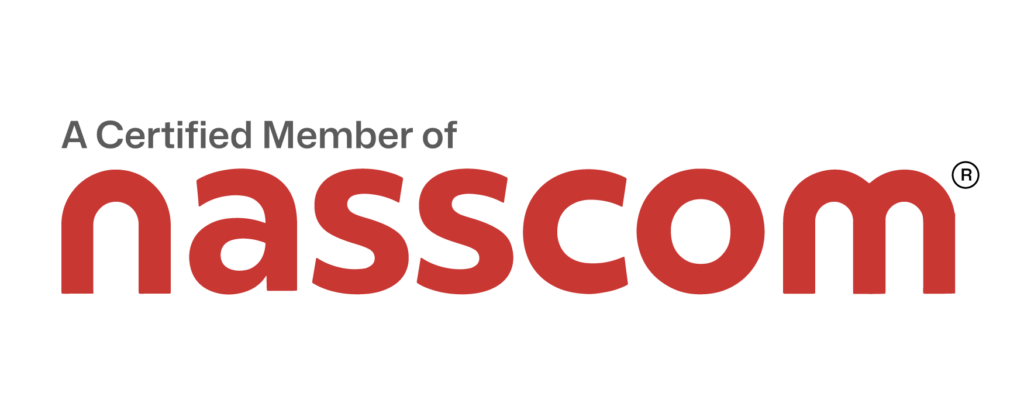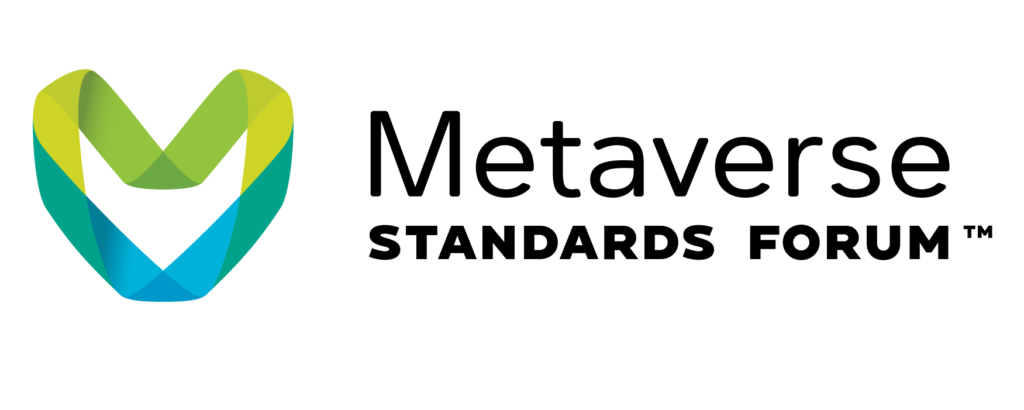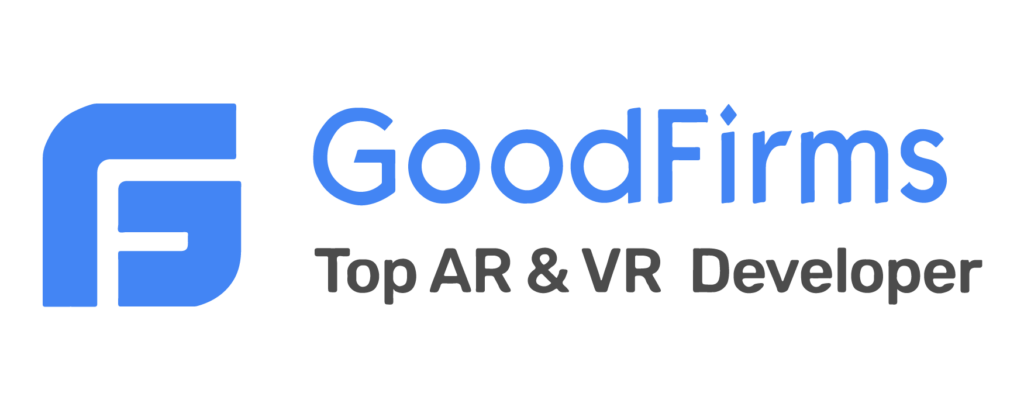The Metaverse: Far More Than a Passing Trend
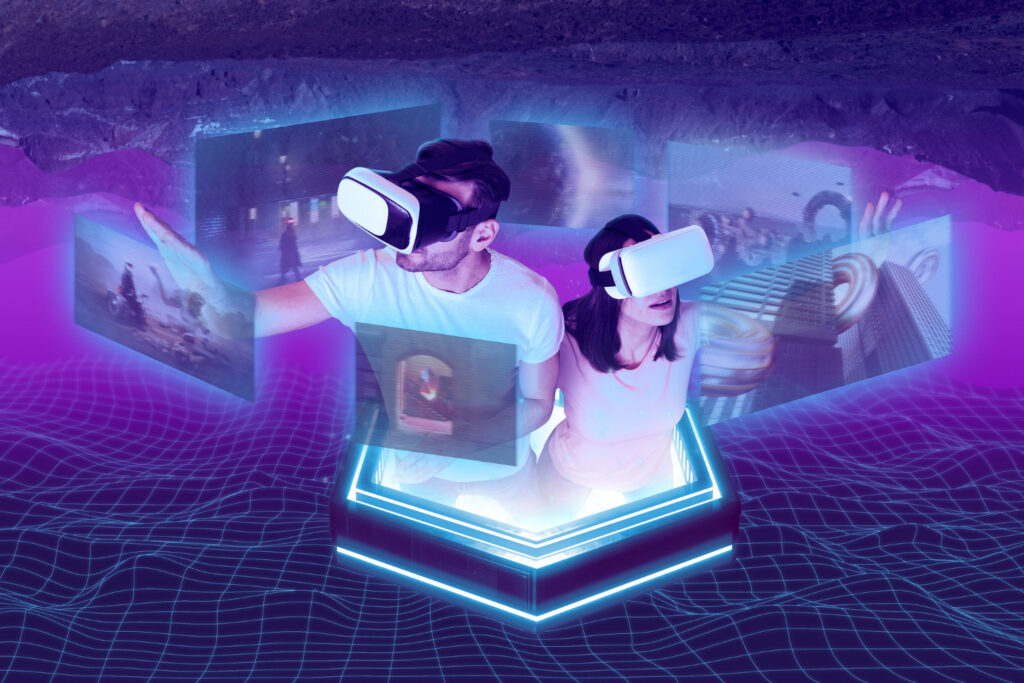
The metaverse has dominated tech discourse as the next evolution of the internet. While still in its nascent stages, early adoption has shown that the metaverse is far more than a passing fad. It presents transformational opportunities for businesses to reimagine engagement, collaboration, and commerce. This article will delve into key metaverse capabilities that deliver real value for early adopters and pave the way for mainstream integration. We will analyze real-world examples, usage data, and market projections demonstrating the metaverse’s immense potential for enterprises, creators, and consumers.
Key Drivers Showing the Metaverse is Here to Stay
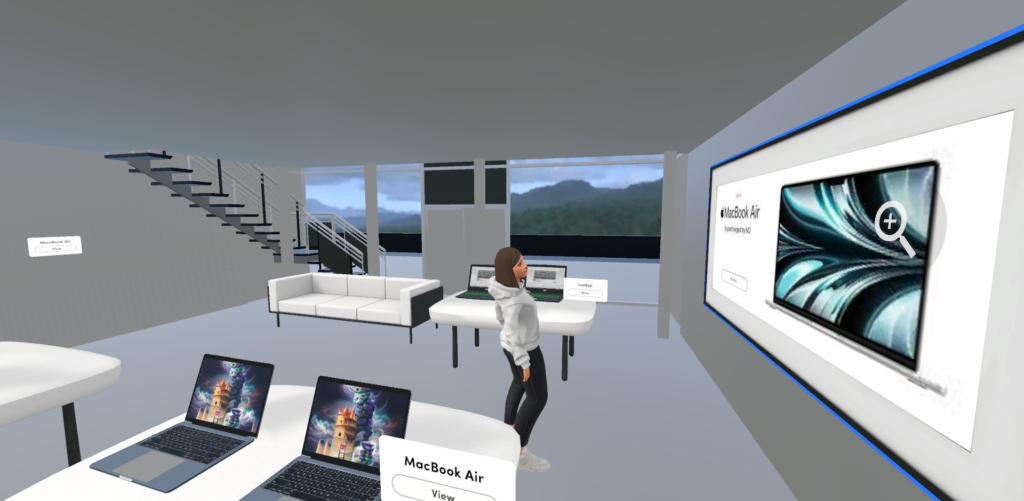
Interoperability and Standards
A persistent critique of the metaverse concept is that it currently comprises disparate virtual worlds lacking interconnectivity. However, the development of interoperability standards and protocols is bridging this gap. Efforts like the Metaverse Standards Forum, a consortium of tech giants, aim to establish open standards to enable avatars, digital assets, payments, and more to work across virtual worlds. Establishing these common languages will be instrumental in moving from isolated metaverse experiences to a fully-fledged interconnected environment.
Mass User Adoption
Adoption data shows users will continue embracing the metaverse in 2023. Active Meta Horizon users grew to 350 million in January 2023. New user sign-ups on leading platforms like Decentraland surged by over 400,000 in Q1 2023. Virtual real estate and NFT sales are breaking records, like the $5 million paid for a Decentraland parcel in February 2023. As virtual worlds become more expansive and immersive, expect user adoption to continue this exponential trajectory.
Corporate Integration
Enterprise interest in the metaverse is accelerating, indicating that major corporations see real long-term value instead of a passing gimmick. In 2022 and early 2023, over $150 billion has already been invested in the metaverse and related technologies by corporations. Major companies like Microsoft, Meta, Apple, and Google are engaged in an “arms race” to establish dominance in the budding metaverse economy. Along with household brands like Nike, Walmart, Disney, and JP Morgan, they are establishing robust metaverse presences. They aim to engage next-gen consumers who are already spending time and tap new revenue streams.
The Creator Economy
The metaverse democratizes monetization, enabling individual creators to flourish. Metaverse platforms empower entrepreneurs to build virtual businesses and capitalize on virtual real estate, digital fashion design, NFT art sales, and more. In 2022, over 50,000 active creators earned $500 million on Meta Horizon platforms alone. The World Economic Forum predicts 10 million new metaverse jobs will be created for creators of all types in the next decade.
Immersive Realism
While still imperfect, the level of immersion and realism already possible in some metaverse environments demonstrates that its full potential is within reach. Nvidia’s Omniverse platform shows lifelike human avatars interacting seamlessly with real-world physics. Tech giants are investing billions to improve graphics, AI, augmented reality, haptics, and more to enhance realism. As these technologies mature, nearly seamless blending between virtual and physical will push mass adoption.
Use Cases Showcasing Real Value

Training and Simulation
The metaverse enables next-level training through complete immersion. Walmart utilizes VR training to prepare employees for new roles, increasing confidence and learning retention. Flight simulation costs millions in the physical world but is affordable and low-risk in VR. These training use cases to prove the metaverse’s ability to compress space, time, and resources.
Virtual Events and Collaboration
The pandemic fueled rapid growth in virtual events as the metaverse enabled conferences, concerts, and more that replicated real-world connections. In 2022, over 2,000 virtual events were hosted on platforms like 6V360 and Decentraland. Early data shows that 2023 is on pace to double that number, with over 500 virtual events hosted in Q1 2023 alone as more industries embrace the metaverse for connecting remote audiences. The ease of international collaboration in metaverse office spaces demonstrates its potential to transform business operations.
Digital Products and Services
Brands like Nike and Balenciaga are generating millions selling digital fashion and accessories for avatars. This reveals a new revenue stream: virtual products with real value and no physical production costs. Healthcare, counseling, tutoring, and more can be delivered as virtual services in the metaverse. The market for digital offerings is limitless.
What Does the Future Hold?
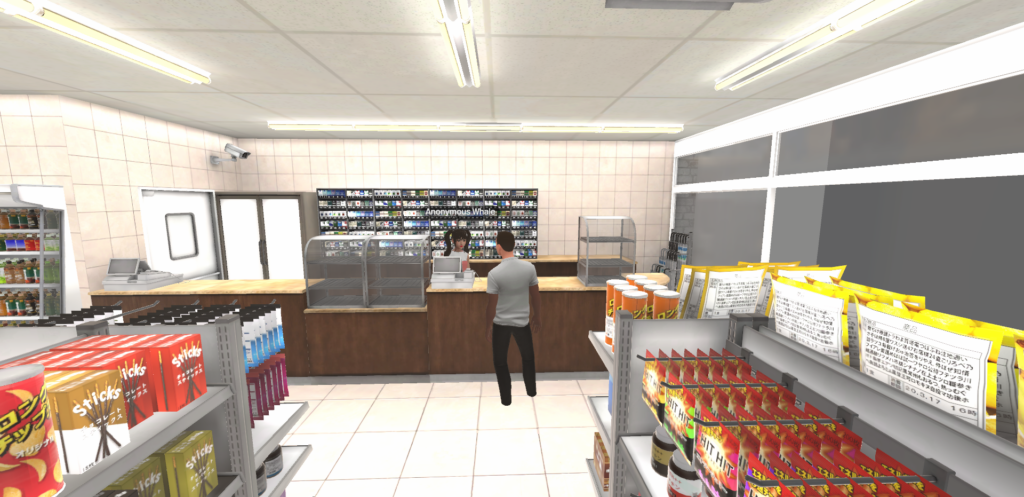
The metaverse is still in its early stages, with the most prominent technological leaps yet to come. Here are some key developments expected to shape the metaverse’s evolution and push it into the mainstream:
- More seamless integration of AR and VR technologies to bridge the gap between virtual and physical worlds. This includes significant improvements in graphics, realism, and immersion.
- Widespread adoption of wearables like AR glasses, VR headsets, and haptic gloves/suits to make interacting in the metaverse frictionless.
Growth of the Internet of Things and smart cities to connect infrastructure and spaces to virtual environments. - The emergence of new metaverse platforms across industries like healthcare, education, real estate, and manufacturing.
Digital identities, cryptocurrencies, NFTs, and decentralized finance are converged within metaverse worlds. - Sophisticated AI capabilities like digital assistants, intelligent NPCs, and predictive analytics are integrated into the metaverse.
- Maturing of governance models and regulatory frameworks as virtual economies grow in scale and complexity.
- Continued evolution of UGC and creator monetization features empowering entrepreneurship.
While still nascent, the building blocks and momentum are in place for the metaverse future to steadily materialize over the coming 5-10 years. Exciting times lie ahead.
Final Thoughts
In summary, dismissing the metaverse as hype overlooks meaningful adoption and evolution. Usage metrics, corporate investment, technical advances, and proven enterprise applications reveal a technological shift starting to deliver on its potential. The question is no longer if the metaverse will become mainstream but how and when mass integration will alter how we work, play, create, and connect. One thing is clear – the metaverse is far more than a passing trend, and its transformational impact on businesses and society will only grow.







